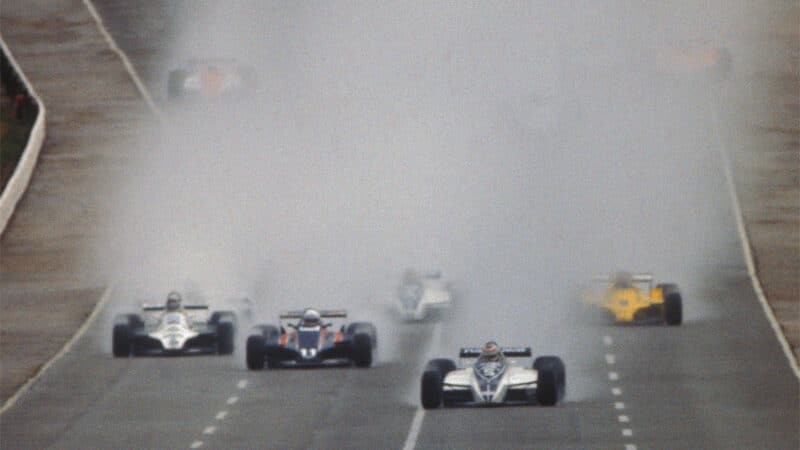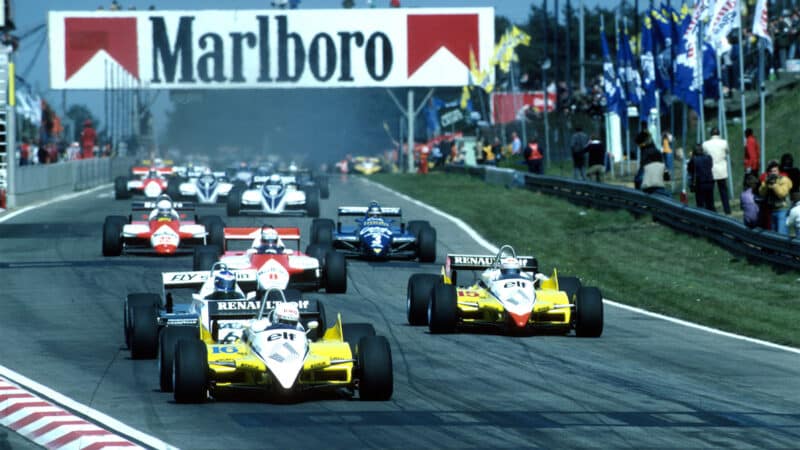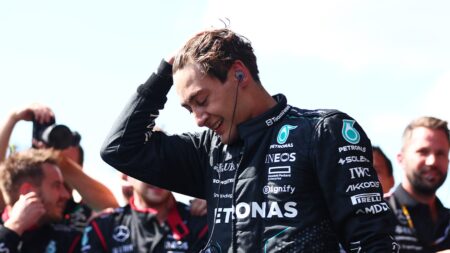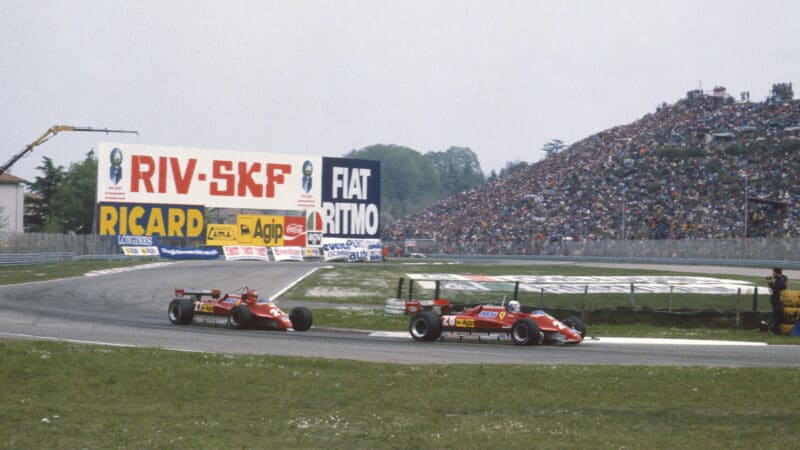To offset the power disparity to the powerful turbo cars of Renault and Ferrari, the top British teams had unilaterally decided it was ok to re-interpret the part of the weight regulation which stipulated that fluids could be replenished post-race before weighing. That courtesy was there in order to prevent embarrassing disqualifications for being a couple of kilos under. Typically, around 10kg of oil and water would be added, which was usually enough to cover any small miscalculations at a time when it wasn’t possible to monitor everything as closely as today. That courtesy was then abused by Lotus, Brabham, Williams and McLaren – and probably others too. They would have water tanks for their ‘water-cooled brakes’. Pipes from the tank could spray the water vaguely in the direction of the brakes but in reality the tanks were always empty. Until the end of the race when they’d be filled with up to 40kg of water.
It was an outrageous ruse but the stakes were high. A couple of years earlier the governing body president Jean Marie Balestre had gone to war with Bernie Ecclestone, boss of FOCA (Formula One Constructors’ Association, which represented about 70% of the grid) over who controlled the sport. Balestre had regulated against the FOCA teams in his limiting of ground effect, the mastery of which had been a key weapon of the normally-aspirated British teams in combating the turbos. The FOCA teams had been fighting for their very existence as Balestre hoped to encourage more manufacturer teams to swamp the FOCA camp and their by-now puny DFV motors, so reducing Ecclestone’s power. But Balestre and Ecclestone had reached a compromise agreement after the FOCA-only 1981 South African Grand Prix. The governing body would remain in control of the regulations, the commercial rights would be leased out to FOCA. The birth of the Concorde Agreement. It was an uneasy truce but it had pulled F1 back from the brink.

Nelson Piquet leads the FOCA-only South African GP
Grand Prix Photo
But the FOCA teams still had the problem of the increasingly powerful turbos. It had taken over a decade of development to get the DFV from its original 400bhp to around 500. The turbos were often making such progress in half-a-season, now that their boost and ignition could be electronically controlled. Furthermore, Renault and Ferrari were now fielding cars with aerodynamics as good as the best FOCA cars. Weight was the only remaining competitive battleground for the DFV-engined FOCA teams. Their cars were intrinsically lighter, without all the extra plumbing and cooling capacity needed for a turbo. So they could easily be built to way below the 580kg minimum weight. The turbo cars could not. The justification given for the water tank cheat was that the regulations did not specifically forbid it.













